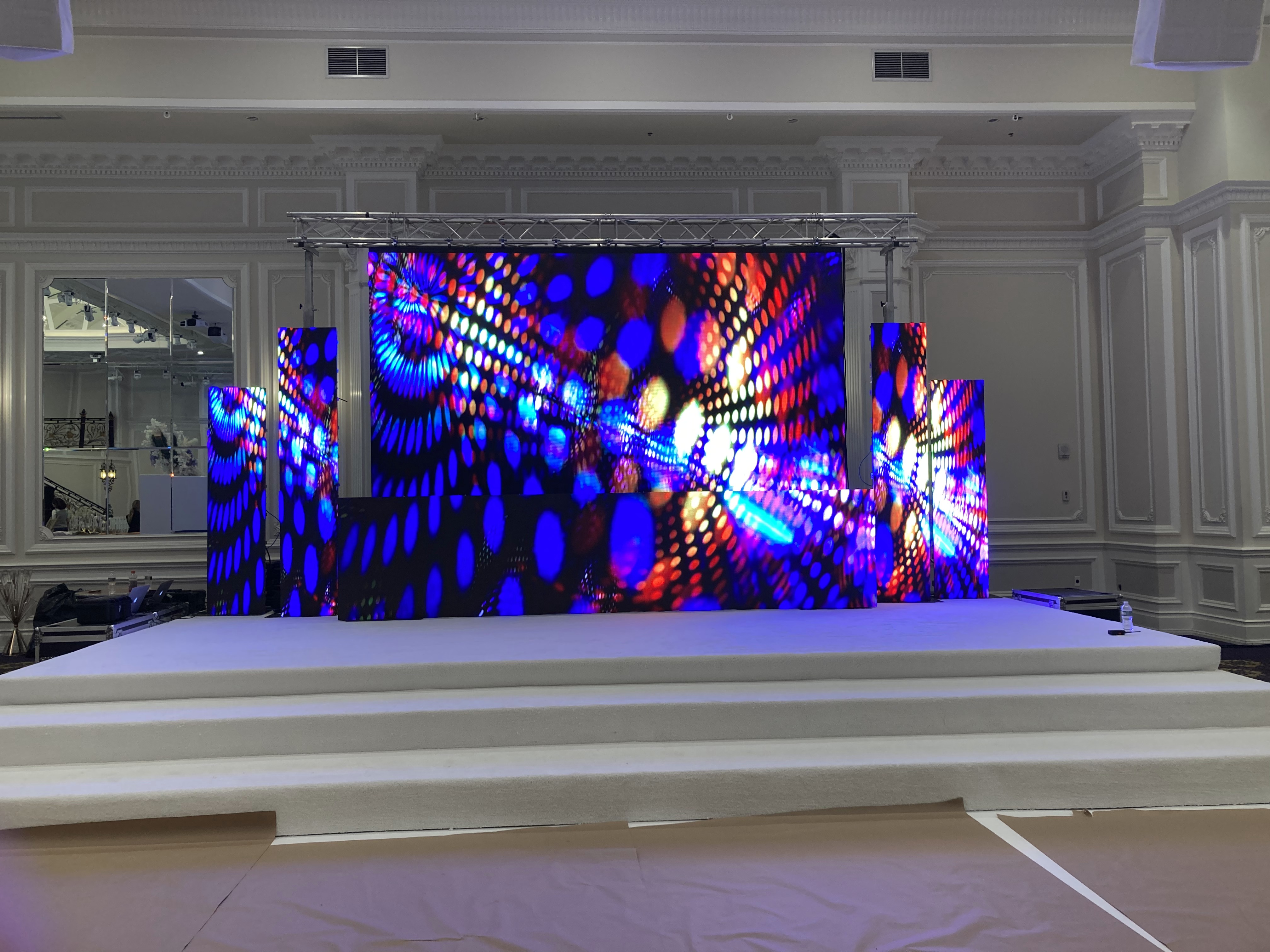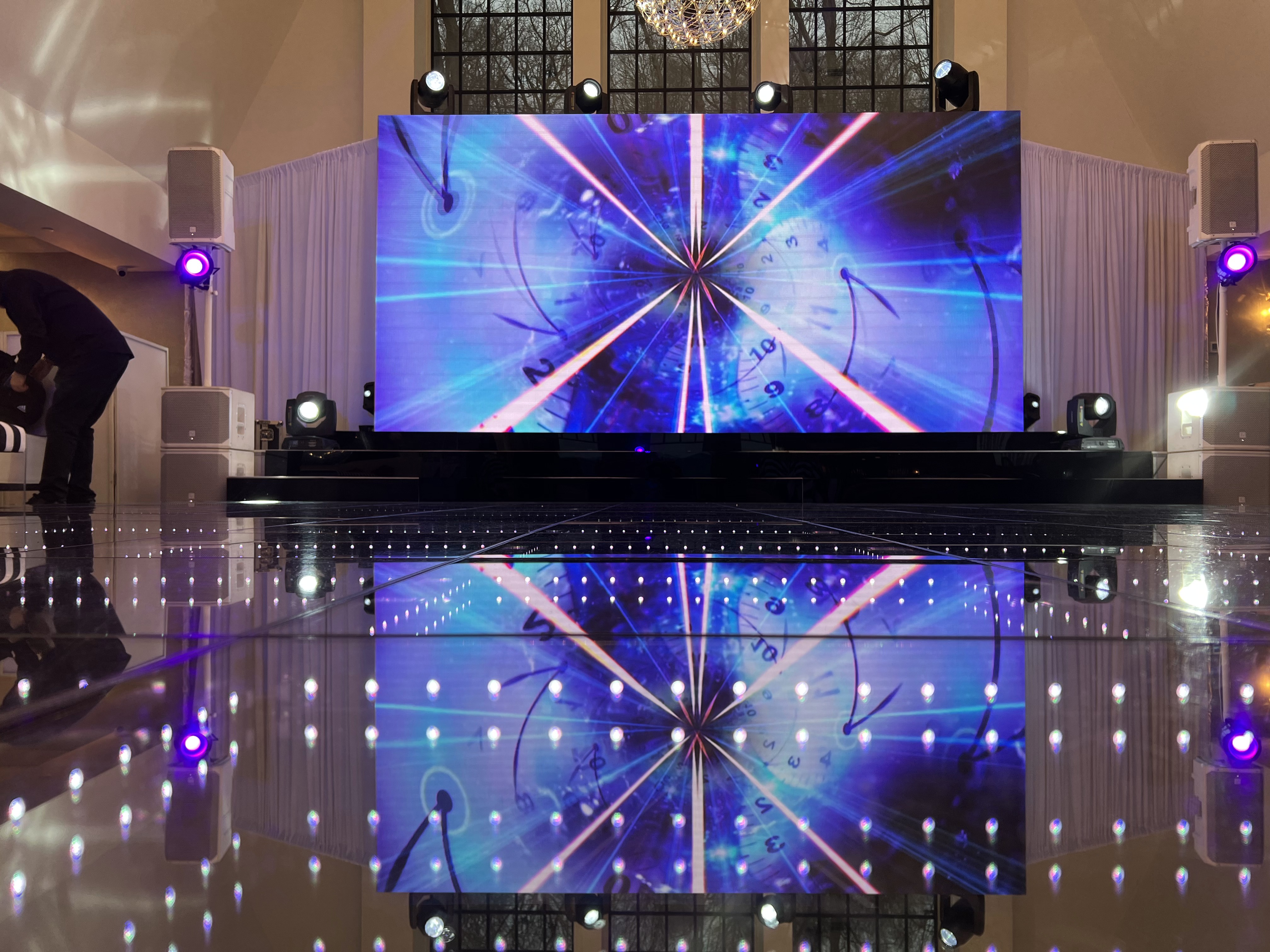Frequently Asked Questions
Advancements in pixel pitch technology are significantly influencing the evolution of LED video wall design, characterized by finer pixel densities that enable higher resolution displays with enhanced clarity and vibrancy. Innovations such as microLED and Mini-LED technologies have emerged, facilitating smaller form factors while improving color accuracy and contrast ratios. These developments allow for seamless integration into various environments, from large-scale outdoor installations to intimate indoor settings where space is limited. Additionally, the introduction of dynamic refresh rates and improved heat management systems contributes to longevity and performance optimization in high-brightness applications. As manufacturers focus on reducing manufacturing costs while enhancing energy efficiency through advanced materials like flexible substrates, the future landscape of LED video walls promises an unprecedented combination of immersive experiences driven by ultra-high-definition visuals tailored for diverse industries including entertainment, retail advertising, corporate communications, and live events.
AI and machine learning are set to revolutionize content management for LED video walls by enabling dynamic, data-driven content optimization tailored to specific audience demographics and viewing environments. These advanced technologies will facilitate real-time analytics, allowing marketers and event organizers to curate visually engaging displays that resonate with viewers through personalized messaging based on behavioral patterns, location-based targeting, and contextual relevance. Machine learning algorithms will enhance the efficiency of asset management systems by automating scheduling processes, predicting peak engagement times, and adjusting brightness or color settings dynamically according to ambient light conditions. Furthermore, AI-enhanced creative tools can assist in generating compelling visual narratives that leverage augmented reality (AR) elements or interactive features to captivate audiences while ensuring seamless integration across multiple platforms like digital signage networks or social media channels. As a result, organizations utilizing LED video walls will benefit from increased viewer retention rates and enhanced brand loyalty driven by immersive experiences powered by intelligent content curation strategies.
Flexible and curved LED displays are revolutionizing installation possibilities by enabling seamless integration into a variety of architectural environments, enhancing immersive experiences in retail spaces, public installations, and entertainment venues. Their lightweight design allows for creative applications on unconventional surfaces such as walls, ceilings, or even sculptures without compromising structural integrity. The adaptability of these displays facilitates custom shapes and sizes tailored to specific branding needs or artistic expressions while maintaining high-resolution imagery and vibrant color accuracy. Furthermore, advancements in pixel pitch technology result in superior visual clarity at varying viewing distances. As dynamic digital canvases that can be easily manipulated for interactive exhibits or promotional content delivery systems, flexible LED solutions also foster enhanced audience engagement through captivating visuals that align with the latest trends in experiential marketing and environmental design.
Sustainability plays a crucial role in the development of next-generation LED video walls by driving innovations that reduce energy consumption, enhance recyclability, and minimize carbon footprints. Manufacturers are increasingly integrating eco-friendly materials and employing advanced manufacturing processes that prioritize resource efficiency while reducing waste throughout the product lifecycle. The incorporation of intelligent lighting technologies such as adaptive brightness control not only optimizes performance but also significantly lowers electricity usage compared to traditional display systems. Furthermore, modular designs allow for easy upgrades and repairs, extending the lifespan of these displays and promoting circular economy principles. As demand grows for environmentally responsible solutions in commercial spaces like retail environments, event venues, and corporate settings, sustainable practices become essential to meet regulatory standards and consumer expectations for green technology integration without compromising visual quality or operational efficacy.
Integration with augmented reality (AR) can significantly enhance user interaction with LED video walls by creating immersive, dynamic experiences that engage audiences on multiple sensory levels. By overlaying digital content onto the physical environment displayed on large-scale screens, AR facilitates interactive storytelling and real-time data visualization that captivates viewers' attention. Utilizing advanced technologies such as computer vision and spatial recognition, users can manipulate virtual objects projected onto or around the LED surfaces, fostering an intuitive understanding of complex information through experiential learning. This synergy between AR and high-resolution video displays allows for personalized engagement strategies; for instance, event attendees can interact with branded content in innovative ways while participating in gamified marketing campaigns or educational demonstrations. Furthermore, incorporating motion tracking enhances interactivity by allowing gestures to control visual elements seamlessly across a multi-panel configuration of LED tiles—transforming passive observation into active participation within corporate environments or live events. Overall, this integration creates enriched user experiences that elevate brand storytelling and audience retention through compelling visuals and responsive interactions.

